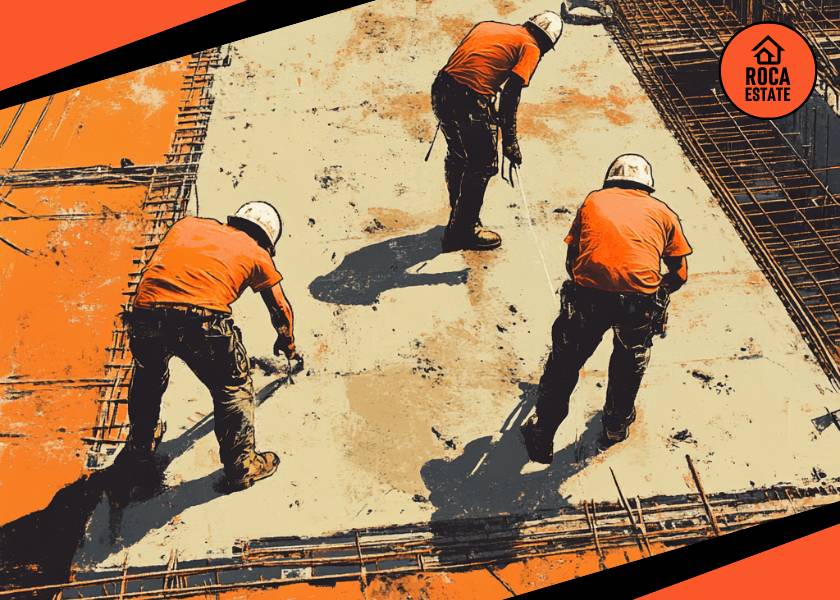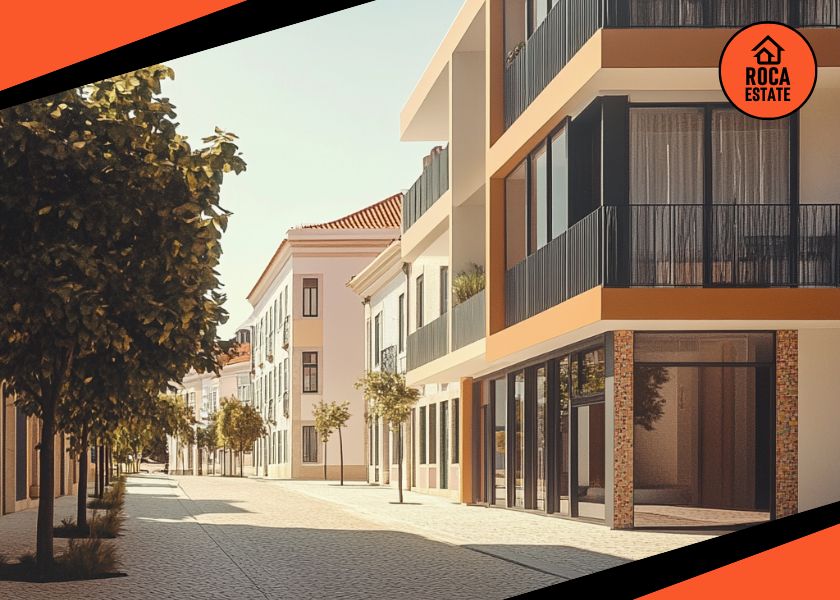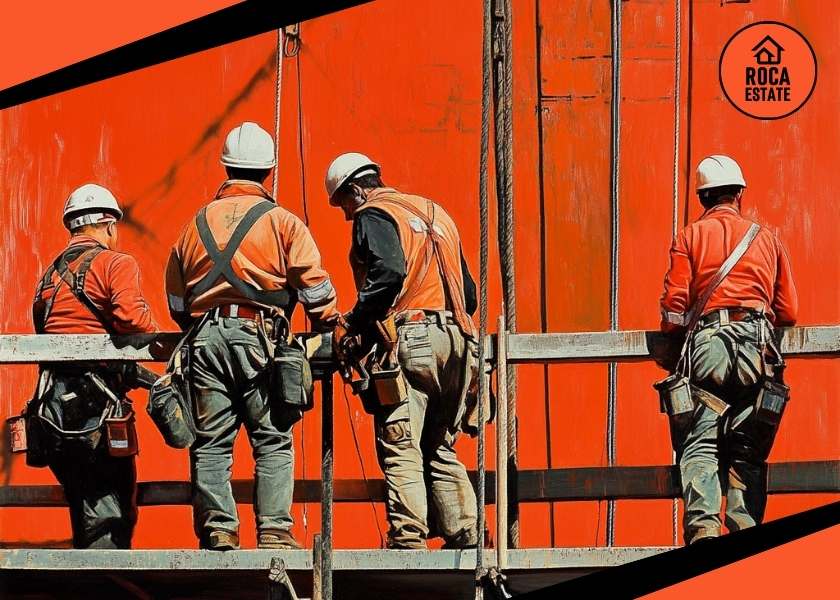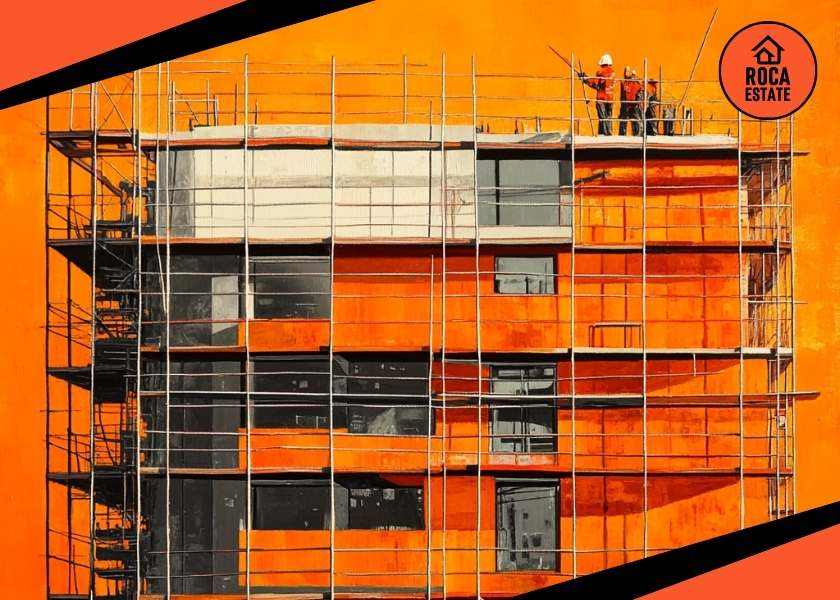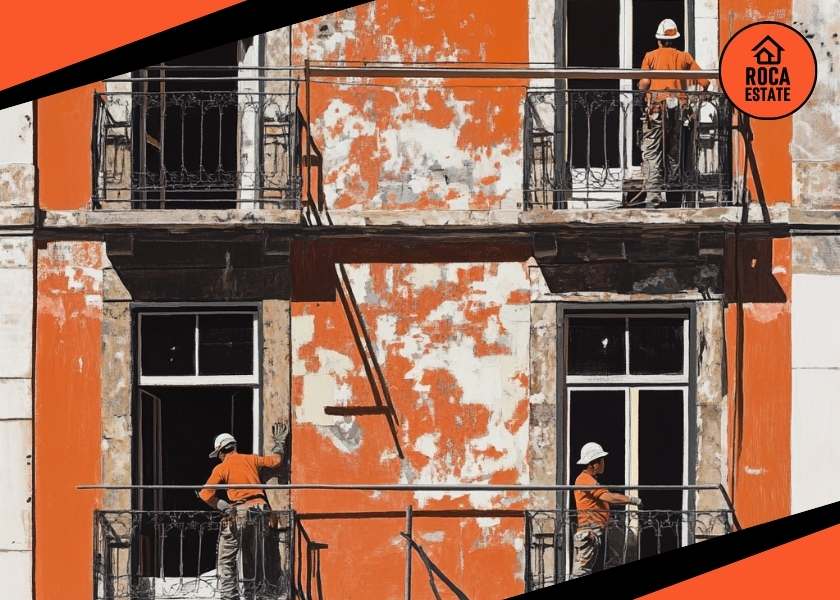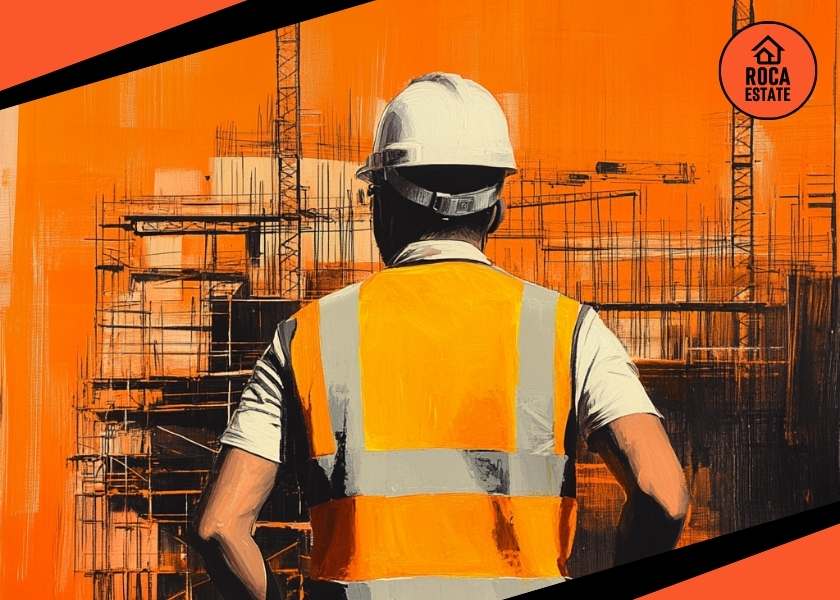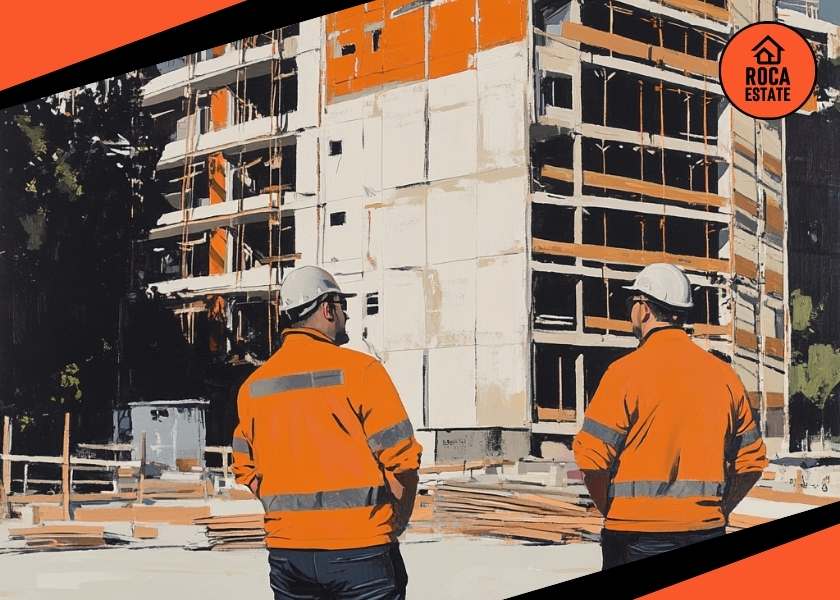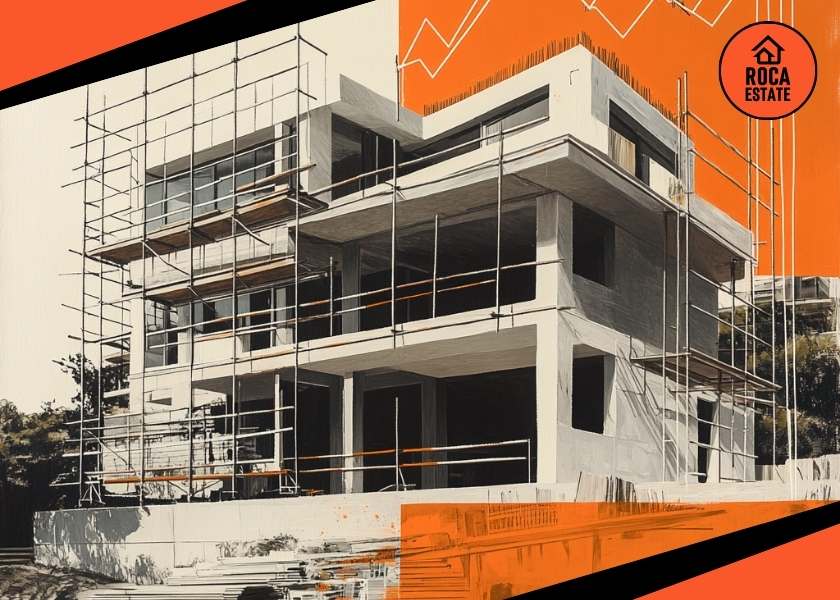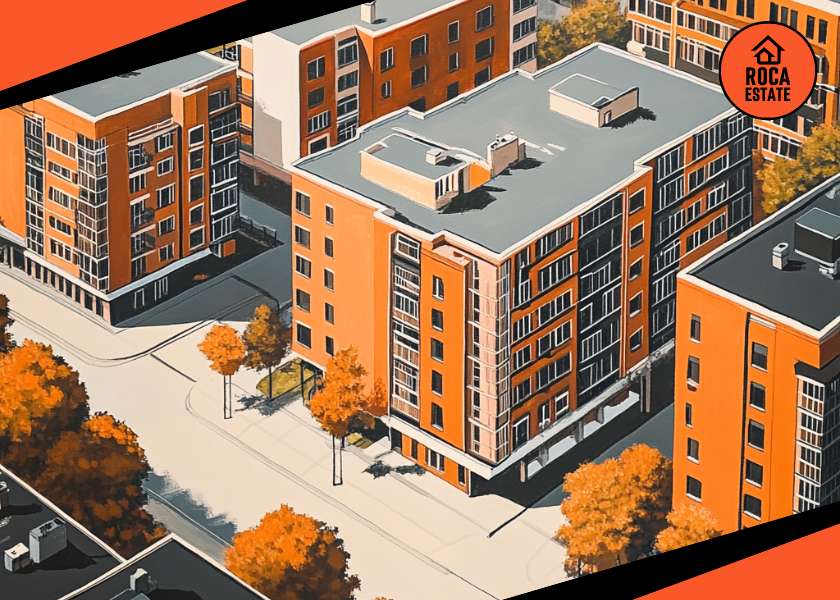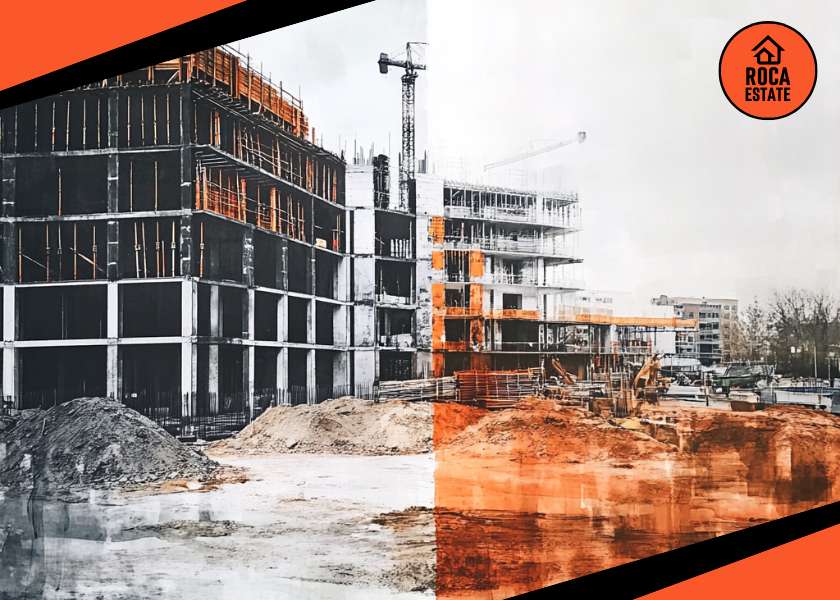The latest data from the Construction Cost Index for New Housing (CCINH) indicates a continued upward trend in construction costs in Portugal as of February 2024. Notably, there has been a year-on-year increase of 2.2% in these costs, slightly higher than the previous month’s figures. This increment is primarily driven by a significant rise in labor costs, which have increased by 6.0%, despite a slight decrease in material costs by -0.7%.
For investors in the Portuguese real estate market, these figures suggest several key implications:
- Rising Labor Costs: The significant increase in labor costs can impact overall investment returns, as higher construction expenses may need to be passed onto buyers, potentially affecting market demand and pricing strategies.
- Material Costs Volatility: The slight decline in material costs offers a minor relief; however, the volatility in this area requires careful monitoring as shifts in prices can impact budgeting and project feasibility analyses.
- Investment Timing: Given the rising trend in construction costs, timely investment decisions are crucial. Early engagement in projects or securing pre-construction prices could mitigate some of the financial impacts of later cost increases.
- Long-Term Growth Potential: Despite the immediate cost pressures, the Portuguese real estate market continues to offer significant long-term growth potential. The demand for new housing, supported by economic stability and tourism growth, underpins a positive outlook for real estate investments.
- Strategic Partnerships: Investors should consider partnerships or collaborations that can offer cost efficiencies or alternative construction solutions, such as sustainable materials and technologies that may provide long-term cost savings.
As we see, this latest data shows that the rising construction costs in Portugal, particularly the notable increase in labor expenses, place upward pressure on the overall real estate market prices. As construction companies face higher costs to complete projects, these expenses are typically passed on to buyers, leading to an increase in property prices. This situation is exacerbated by the current trend in labor costs, which have shown a significant upward trajectory.
Given this environment, it may be wise to consider making your investment decisions sooner rather than later. As labor costs continue to inflate, the initial costs of real estate projects are likely to rise further. Investing now could allow you to lock in costs before these increases take effect, potentially leading to better financial outcomes in your real estate endeavors. It’s a favorable time to act, ensuring you maximize your investment potential in this vibrant market.
On the other hand, if labor costs continue to rise without a corresponding increase in property demand, there could be a risk of an overheated market where prices surpass what buyers are willing to pay. This scenario might lead to a slowdown in real estate sales or reduced profitability for projects that have not locked in pre-inflation costs. Investors should remain cautious and strategically evaluate each opportunity, considering both current market trends and potential future shifts in demand and cost structures.
Construction Cost Index for New Residential Dwellings
Rising labor expenses are driving up construction costs, reshaping how investors evaluate new housing developments. To better understand how these trends align with broader investment opportunities in Portugal, explore our dedicated section on the current investment focus. This will help you make informed decisions when considering real estate investment in Portugal.






























